Decoding the Mystery of “Backwards 3”: Meaning, Uses, and Cultural Significance
Introduction to the “Backwards 3”
The “Backwards 3” symbol (written as “Ɛ”) has emerged as a fascinating and multifaceted character in the digital age. At first glance, it may seem like a simple reversal of the number 3, but its significance goes far beyond its appearance. Widely used in texting, gaming, and digital art, “Backwards 3” has captured the imagination of internet users worldwide. Its charm lies in its ability to convey a variety of meanings depending on the context, making it a versatile tool for communication and expression.
This quirky symbol has gained particular prominence in online conversations where brevity and creativity are key. Often, it’s paired with other symbols to form shapes or convey emotions, such as “<3,” which represents a heart and affection. Beyond its digital usage, “Backwards 3” has made its way into branding, pop culture, and artistic design, proving its adaptability.
Understanding the roots and applications of “Backwards 3” can offer deeper insights into how symbols evolve and integrate into our everyday lives. This article delves into the origins, symbolism, and cultural impact of this intriguing character, shedding light on why it continues to captivate users in a digital-first world.
Origins and Evolution
The story of “Backwards 3” begins with its roots in ASCII art, a form of visual representation using text characters. Early internet users leveraged limited resources to create art, and “Backwards 3” quickly became a staple for depicting shapes and emotions. Paired with a “<,” it formed a heart shape (“<3”) that conveyed love, affection, and positivity.
In the 1990s and early 2000s, this representation flourished in chat rooms, forums, and instant messaging platforms. It became a shorthand for expressing care without needing words, perfectly suited to the fast-paced nature of online communication. The simplicity of “<3” resonated with users, leading to its widespread adoption across platforms.
As the internet matured, “Backwards 3” evolved beyond its ASCII origins. Artists and designers incorporated it into logos, typography, and digital art, giving it a modern twist. In some cases, it was stylized to represent innovation and playfulness in branding. Despite technological advancements that introduced emojis and GIFs, the charm of “Backwards 3” endured, maintaining its place in internet culture as a timeless symbol of connection.
Symbolism and Interpretation
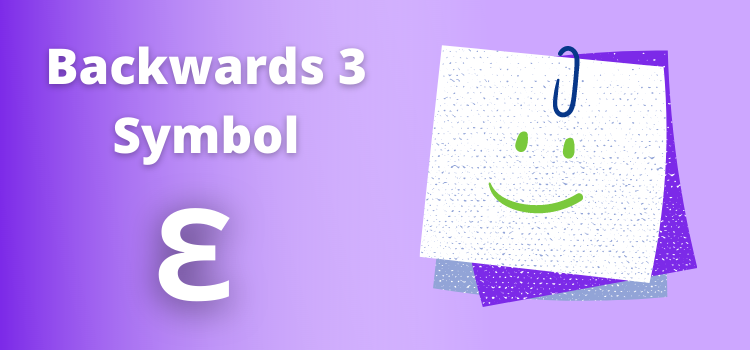
The primary association of “Backwards 3” is its role as a heart symbol. When combined with a “<,” it visually mimics the shape of a heart, embodying emotions like love, care, and warmth. This simple yet effective representation resonates with users, allowing them to express sentiments without lengthy explanations.
However, the symbolism of “Backwards 3” extends beyond affection. In some contexts, it represents creativity, minimalism, or nostalgia for the early internet era. Its versatility means it can adapt to various interpretations depending on how it’s used. For example, in gaming communities, it might signify camaraderie or a lighthearted tone. In digital art, it could serve as a design element, adding depth and intrigue to compositions.
Interestingly, the symbol also sparks discussions about the fluidity of meaning in digital communication. Its interpretation often depends on the cultural and social context of the audience, showcasing how symbols evolve with time and usage. Whether used to express love, decorate designs, or convey creativity, “Backwards 3” remains a powerful and adaptable tool in modern expression.
Practical Applications
The versatility of “Backwards 3” shines in its practical applications across various mediums. In casual texting, it’s a go-to symbol for expressing affection or appreciation. Phrases like “I <3 you” or “Miss <3” have become staples in digital conversations, especially among younger generations. Its simplicity allows users to communicate emotions quickly and effectively, even in fast-paced chats.
In branding and marketing, “Backwards 3” has found a unique niche. Companies aiming to connect with millennial and Gen Z audiences often incorporate playful and nostalgic elements into their campaigns, and “Backwards 3” fits the bill perfectly. Its association with warmth and positivity makes it an excellent choice for logos, social media content, and advertisements.
Additionally, “Backwards 3” has become a popular element in art and design. From typography to visual art, its distinctive shape adds character and intrigue to creations. Designers often experiment with its form, incorporating it into patterns, motifs, or even standalone pieces. Its adaptability ensures it remains relevant in a wide range of creative fields.
Cultural Impact and Relevance
The cultural impact of “Backwards 3” cannot be overstated. It has become a symbol of internet nostalgia, reminding users of the early days of digital communication. Its presence in memes, social media posts, and online forums highlights its enduring appeal as a simple yet meaningful character.
In popular culture, “Backwards 3” often appears in unexpected places. Musicians, writers, and artists frequently use it to add a playful or emotional touch to their work. Its appearance in merchandise, such as t-shirts, mugs, and posters, further cements its place as a beloved icon.
Globally, the symbol has transcended language barriers, becoming a universal shorthand for affection and positivity. While its usage may vary across cultures, its core message remains the same: connection and emotion. This universality speaks to the power of symbols in bridging gaps and fostering understanding.
Criticisms and Misinterpretations
Despite its widespread use, “Backwards 3” is not without its challenges. Some users find its meaning ambiguous, particularly in professional or unfamiliar contexts. For instance, using “<3” in a formal email might be perceived as overly casual or even inappropriate.
Additionally, the simplicity of “Backwards 3” can lead to misunderstandings. In some cases, users might misinterpret its intent, causing confusion or unintended offense. This highlights the importance of context in digital communication, where tone and intent are not always clear.
Nevertheless, these criticisms do little to diminish its popularity. By understanding its nuances and using it thoughtfully, users can continue to enjoy the versatility and charm of “Backwards 3” in their interactions.
Conclusion
“Backwards 3” is more than just a reversed numeral—it’s a symbol of connection, creativity, and evolution in digital communication. From its humble beginnings in ASCII art to its role in modern branding and design, it has proven to be a timeless and adaptable character. Its ability to convey emotions, foster creativity, and bridge cultural divides ensures its continued relevance in the digital age.
As we embrace new forms of communication, symbols like “Backwards 3” remind us of the power of simplicity and the beauty of shared understanding. Whether in a heartfelt text or a striking piece of art, this quirky character will undoubtedly remain a beloved part of our digital lexicon.
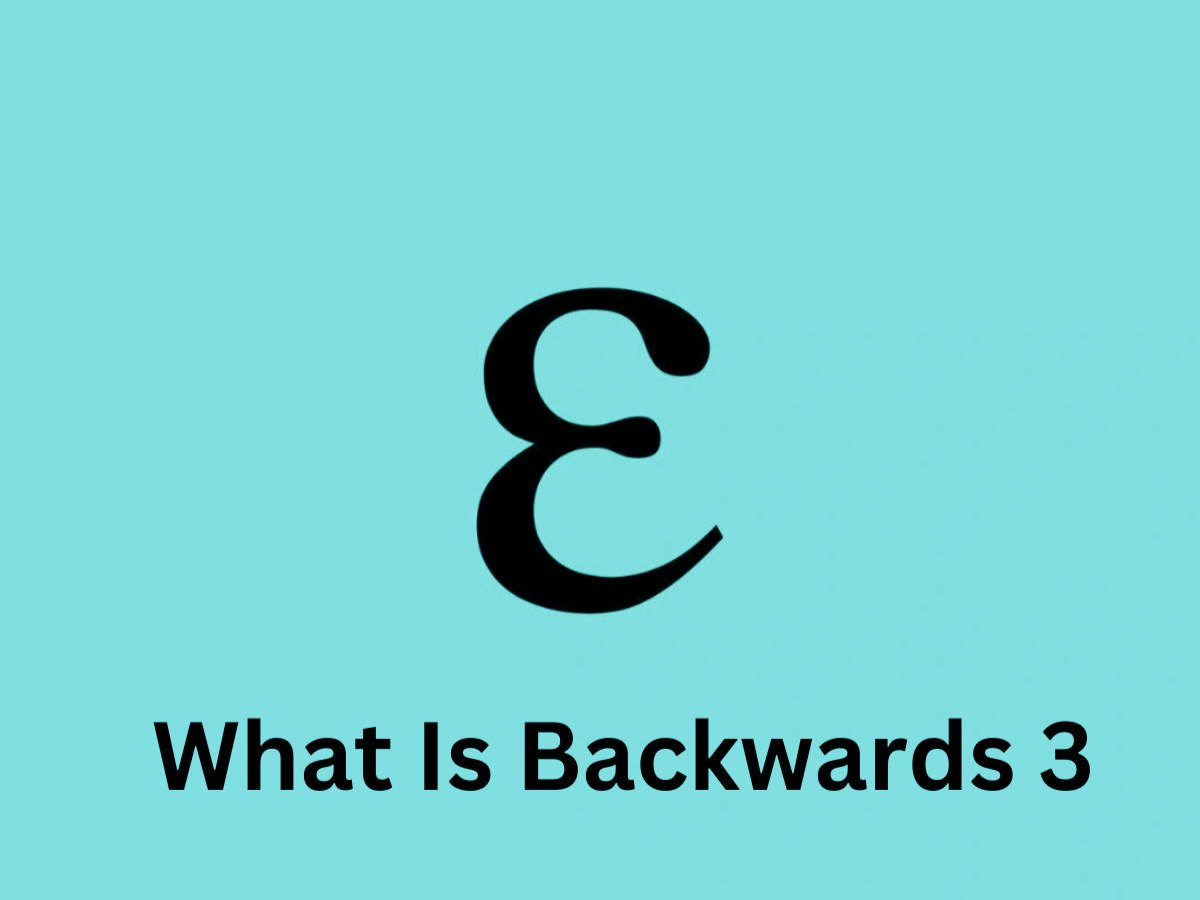

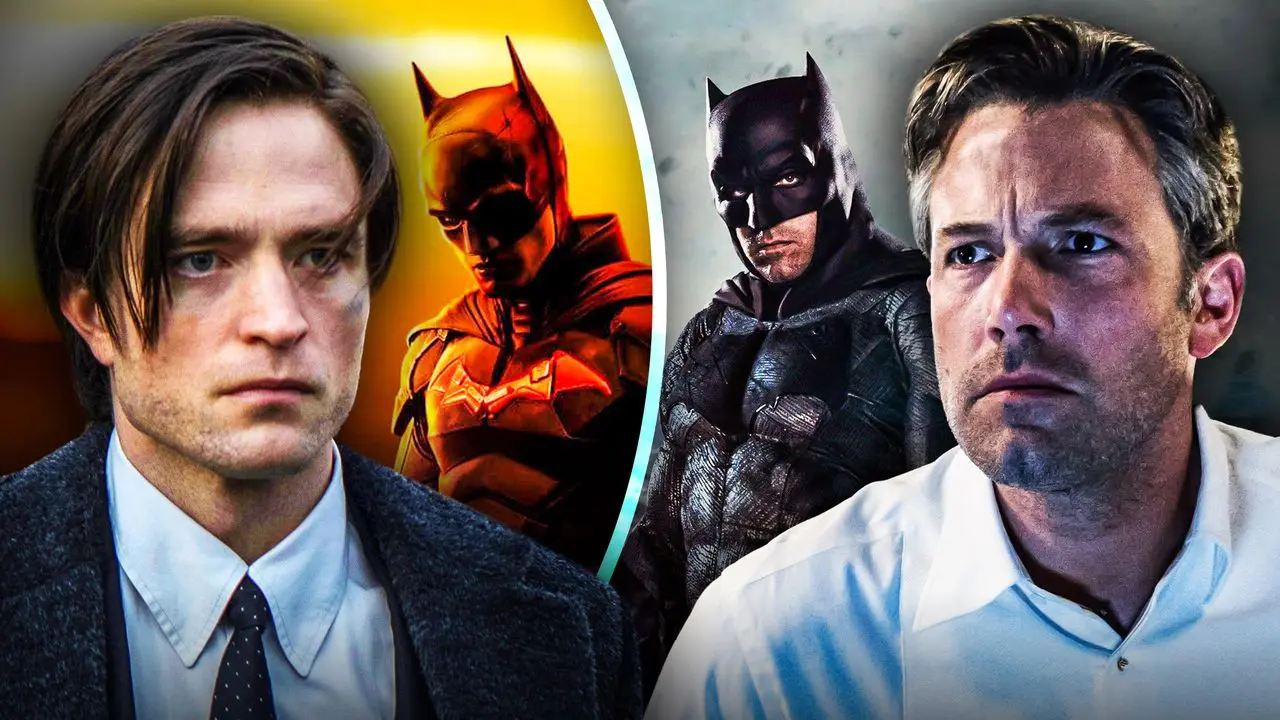


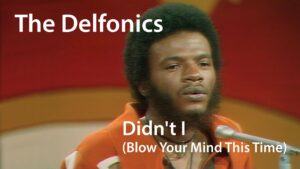

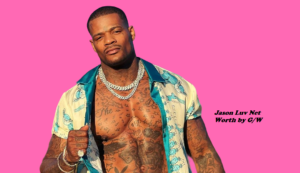






Post Comment